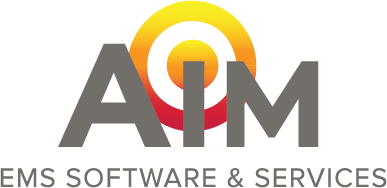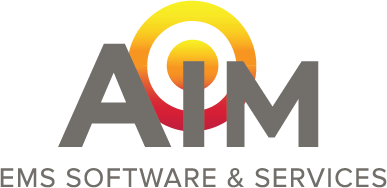Hospital-to-hospital ambulance billing can be difficult but not impossible.
This blog post is part of a series that addresses ambulance billing best practices. Our ambulance billing blog series highlights tips and insights to help you improve ambulance billing efficiency, lower ambulance claim rejections, and get reimbursed faster.
Discover ways to ensure proper reimbursement for hospital-to-hospital ambulance transports.
Hospital-to-hospital ambulance billing can be difficult but, with proper planning, well-defined EMS billing processes, and quality documentation training, your ambulance services will gain higher efficiency and reimbursement for these services.
Most hospital-to-hospital ambulance transports are non-emergent, but some can be emergent depending on the patient’s condition and the reason for transport.
While there is a small percentage of hospital-to-hospital ambulance transports that are based on the patient’s preference to be moved to a different facility, most are for a higher level of care or timely care that is not available — currently or at all — at the sending facility.
The key to ensuring proper reimbursement for hospital-to-hospital ambulance transports is quality documentation.
Quality documentation includes:
- A documented medical reason for the hospital-to-hospital ambulance transport, including the diagnosis that led to the need for transport.
- Whether the patient was actually discharged from the first hospital and admitted to the second, or if the patient was being taken out for a procedure and expected to return
- Making sure the hospitals are not operating under the same provider number or NPI. Inter-facility transfers are not billable under Medicare Part B, and the facility should be responsible for these ambulance transport charges.
- Clarification and verification of receiving a facility’s Medicare classification with the facility itself.
- Clarification and verification of the facility’s classification through the Master Patient Index (MPI) schedule.
Be sure to decipher whether a Physician Certification Statement needs to be completed or a Prior Authorization needs to be obtained.
Caution: just because the EMS transport crew is walking through “hospital doors,” this does not mean that the receiving facility should be listed as a hospital on the ePCR and EMS billing documentation. Some hospitals may have skilled nursing facilities or clinics, with their own facility classification, embedded within the hospital. It is important to verify and use the correct billing modifier.
Call Intake/EMS Dispatch processes are also key to proper reimbursement of hospital-to-hospital ambulance transports.
Here are some insights into call Intake/EMS Dispatch processes.
- Call intake staff and EMS dispatchers should be trained to verify, with the sending facility, that a Physician Certification Statement or any other required medical necessity documentation, such as prior authorization, of the hospital-to-hospital ambulance transport is completed. This will eliminate ambulance transport delays and increase EMS billing success.
- Be sure to have the ambulance dispatch center prompt the transporting crew to verify that these documents are complete prior to leaving the sending facility. This eliminates delays later in the ambulance billing cycle caused by retroactively looking for these documents.
- In cases where it is “patient preference” to be transported to a facility that is not the closest appropriate facility, make sure the patient is aware that they will be responsible for any mileage beyond the closest facility.
Clear and proper documentation is the best way to maximize your ambulance billing for hospital-to-hospital ambulance transports.
Additionally, the entire staff, including EMS dispatchers, care providers, and ambulance billers, must be trained effectively to understand their role in the ambulance billing documentation process.
Reference the Medicare Benefit Policy Manual, section 10.4.4 for more details on Hospital to Hospital ambulance billing at www.cms.gov.
AIM Online EMS Software and EMS Billing Services is here to help you with billing for hospital-to-hospital ambulance transports.
We are here to help! If you have questions about hospital-to-hospital ambulance billing or any other ambulance billing processes, we want to support you. Call us at 1-800-726-4690, fill out our online information request form, or read more about our integrated EMS Software (Dispatch, ePCR, Billing) and EMS Billing Services.
Read other articles in this series:
- Ambulance Billing Best Practice: PCS Do’s and Don’ts for Non-Emergency Ambulance Services
- Ambulance Billing Best Practice: Billing Reimbursement Starts at Dispatch
- Ambulance Billing Best Practice: Insurance Verification Tips that Result in Payment
- Ambulance Billing Best Practice: CMS 855B Enrollment for Ambulance Billing




